The Brown Wrasse of Mediterranean Sea

Tordo nero Labrus merula Brown Wrasse intotheblue.it
The brown wrasse (Labrus merula) is a species of wrasse native to the Eastern Atlantic from Portugal to Morocco, including the Azores, as well as in the Mediterranean Sea. This species can reach 45 cm in standar length, though most do not exceed more than 40 cm. brown wrasse grows to a maximum length of 45 cm.
Body is moderately elongated, head is broad, shorter or equal to the body depth, with light blue spots. It has strong, canine-like teeth which are rounded in older specimens. Young specimens are green or brownish with light spots, belly is paler, yellow-greyish. Some specimens have a blue-white longitudinal stripe on sides. Old specimens are dark blue, sometimes dark green or brownish. Soft part of dorsal, anal and caudal fins are outlined with light blue stripe. Smaller specimens form small, loose schools, but larger and older specimens are found solitary. It feeds on sea urchins, ophiuroids, mollusks, crabs and worms. Maturity occurs after two years at lengths between 15 cm. and 20 cm. At age of 7, males measure around 31.5 cm and females around 30 cm. Maximum age is around 16–17 years. Tordo nero Labrus merula Brown Wrasse intotheblue.it
This species spawns from February to May in the western Mediterranean Sea. Eggs are laid amongst rocks and seagrasses and are protected by the males. It is important to local populations as a food fish and can also be found in the aquarium trade. The brown wrasse can be found in Eastern Atlantic from Portugal to Morocco, including the Azores, as well as in the Mediterranean Sea, throughout the entire area except for the eastern Levantine and Black Sea. It can be found on reefs around rocks, amongst seaweeds and in seagrass beds between shallows and 50 m.
Threats to this species include habitat degradation, specifically the reduction of Posidonia seagrass beds, however, the population has not shown any serious signs of decline. In artisanal fishing it is often caught in small quantities using nets and longlines, all year long, but much better from the Spring to the end of the Autumn. In recreational fishing it is often caught on rod and reel and on the handline.. As bait, various worms and crabs can be used, as well as small chunks of fish. When found in the shallows, it can be caught using a speargun, especially larger specimens.
Meat is soft, tender, easy to digest and very tasty. It can be prepared in numerous ways, but it is best barbequed and served with some olive oil, lemon juice, garlic and parsley. Also, it can be boiled or prepared as part of mixed fish stew. Small specimens are fried.

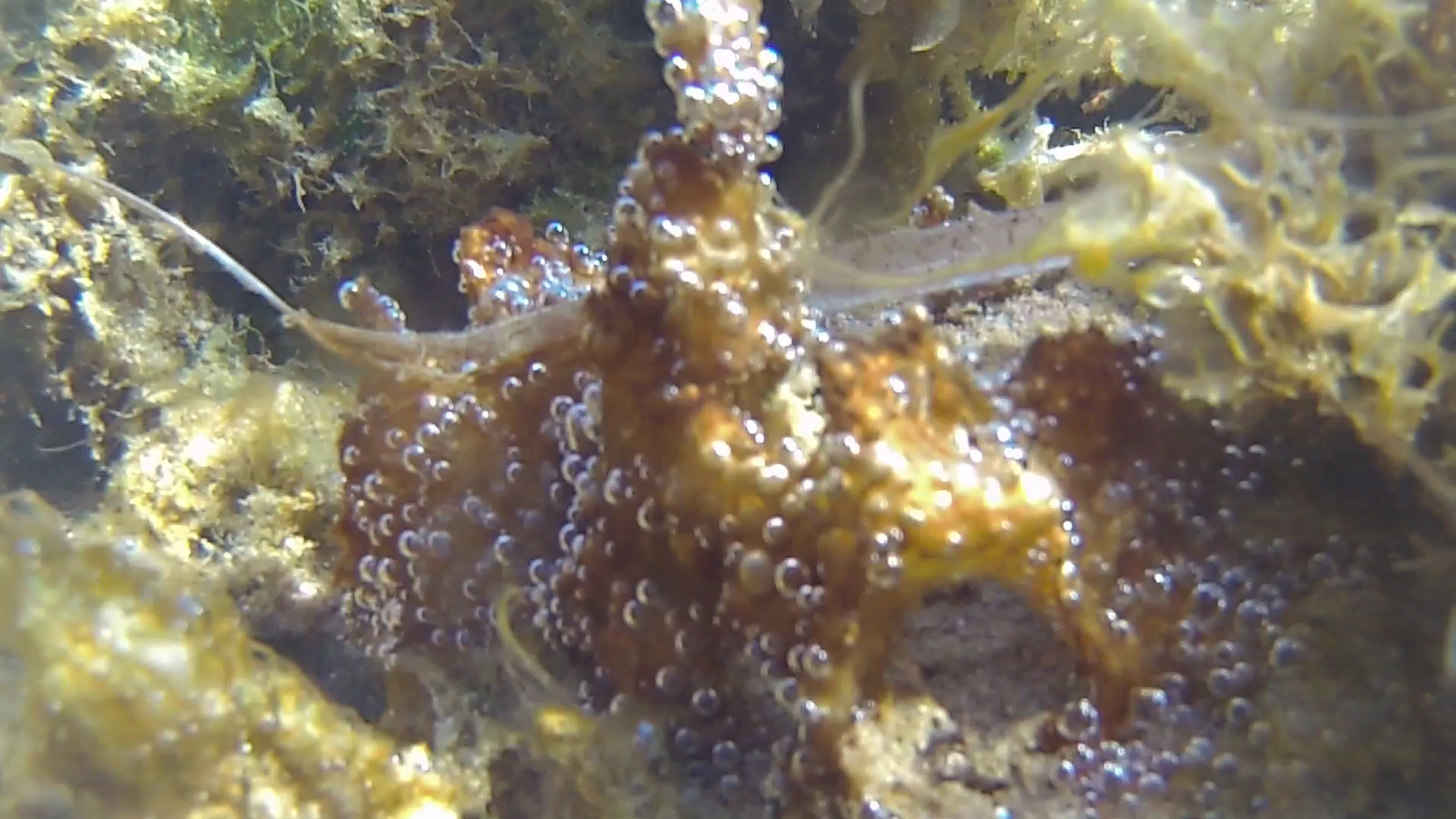
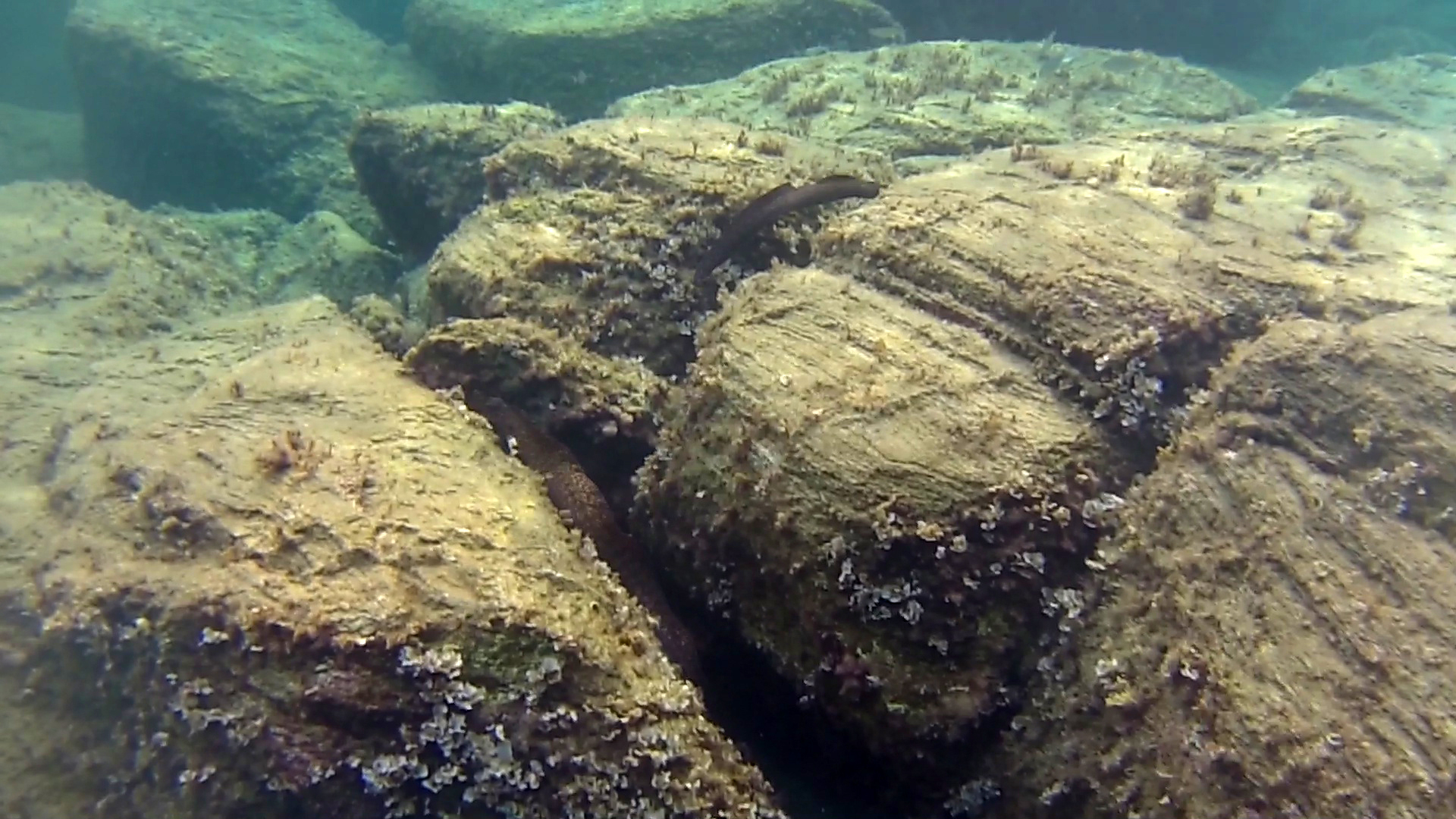
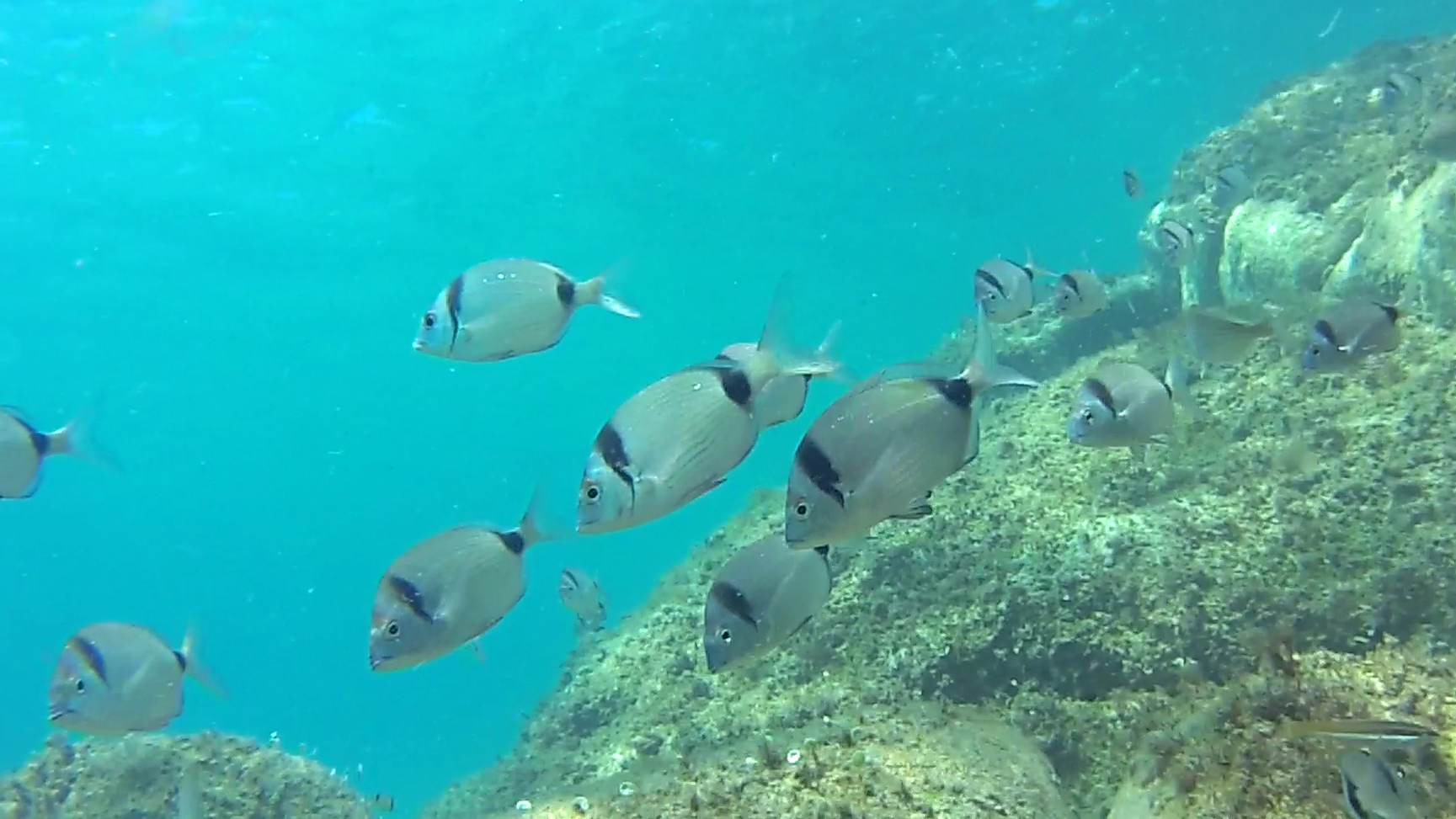
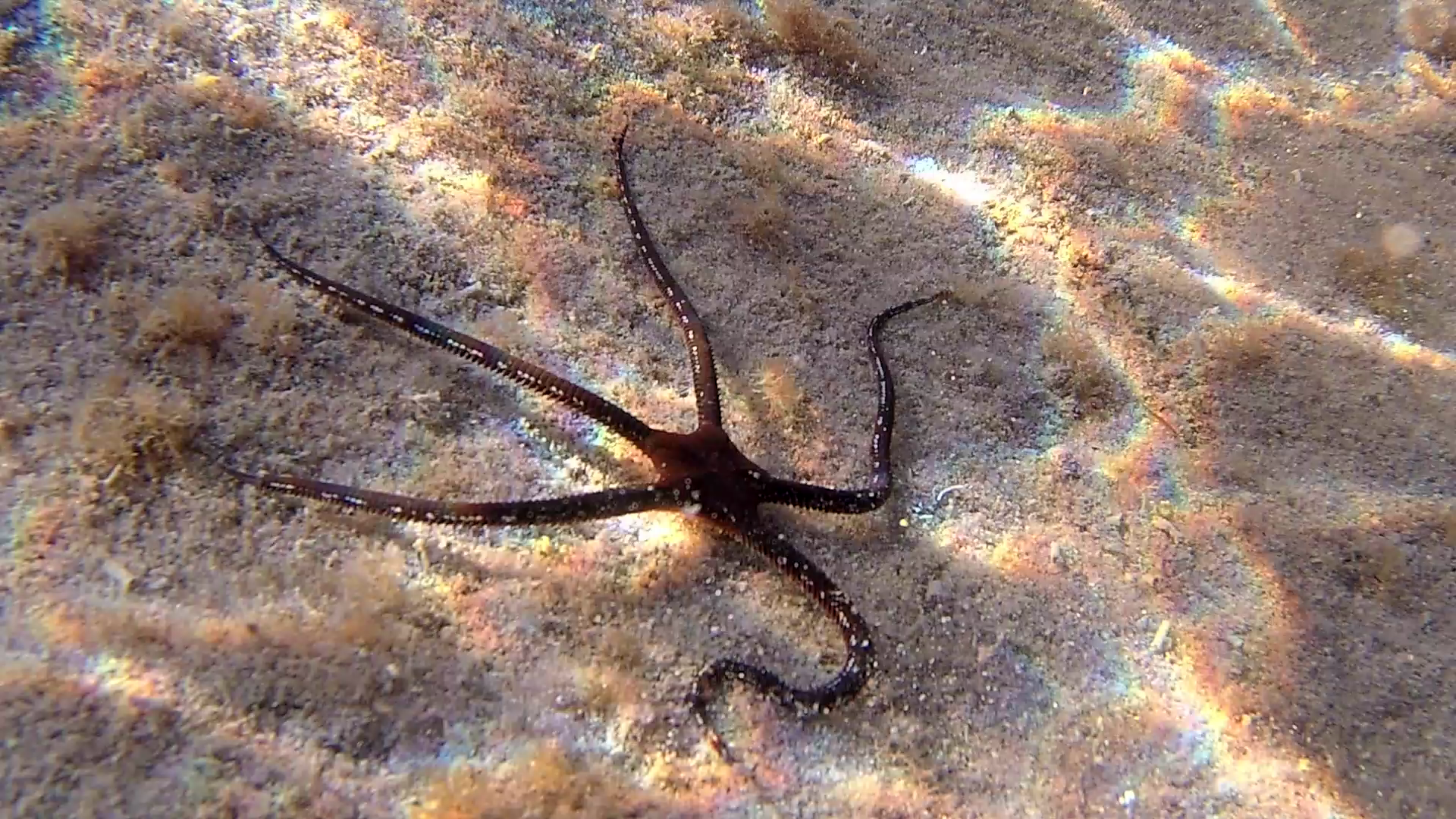
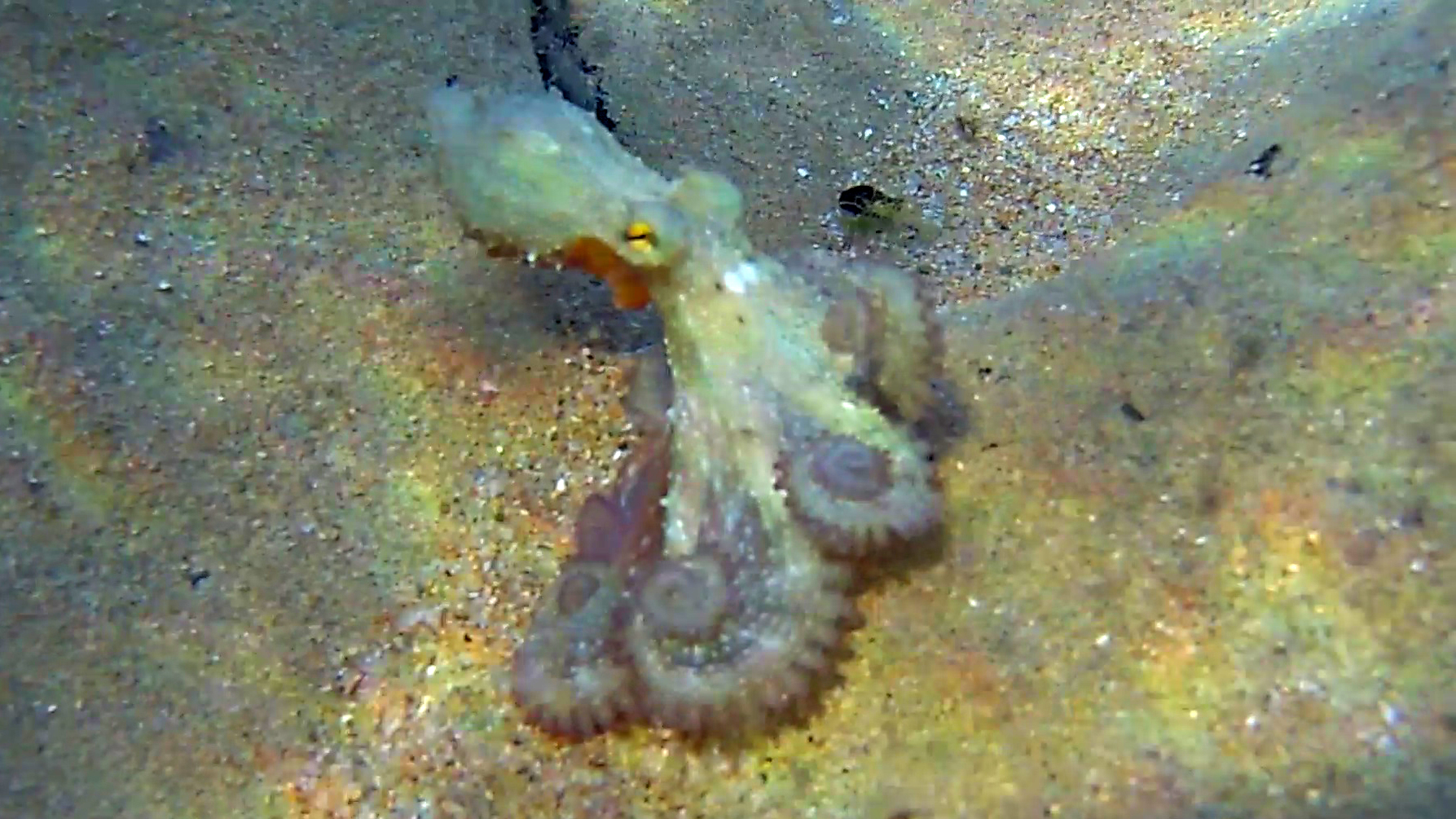
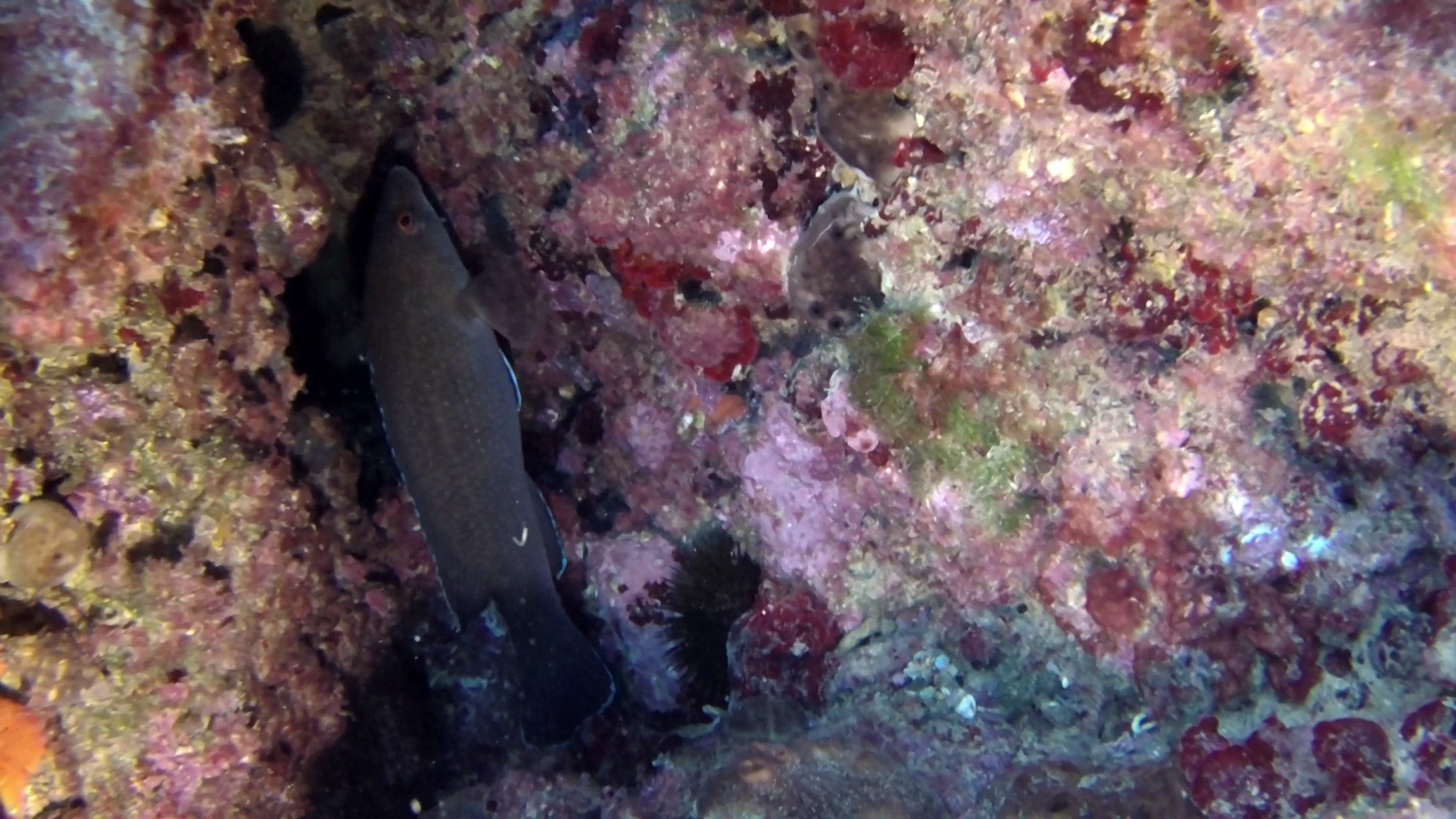
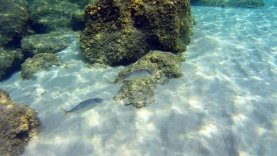
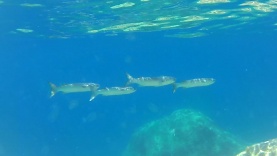
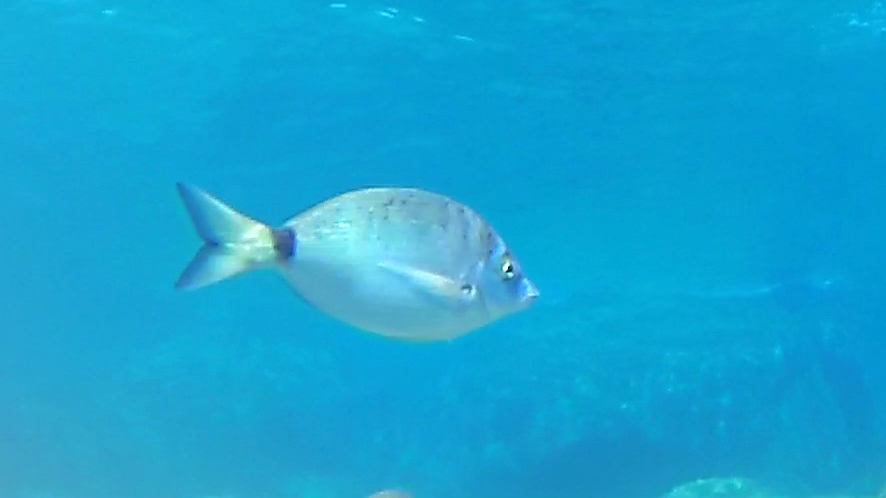
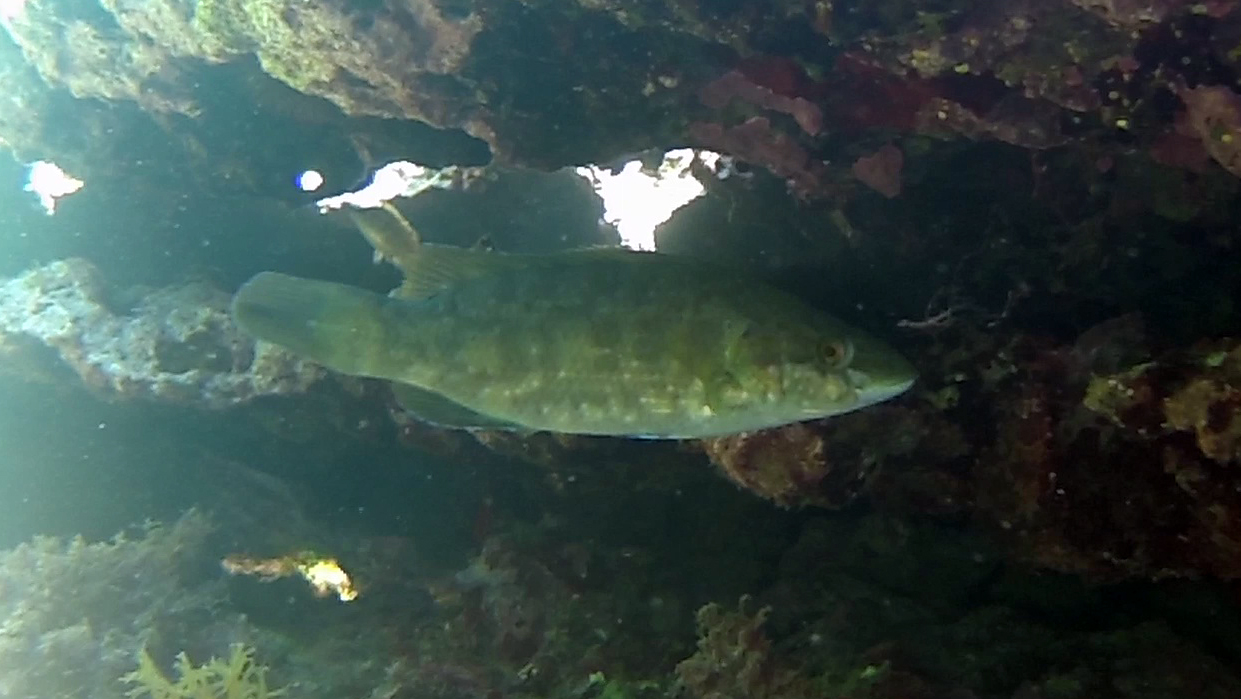
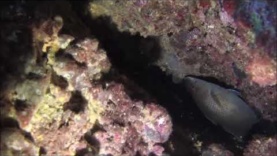


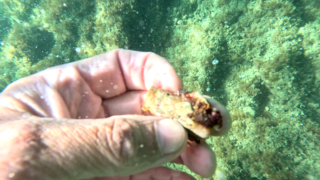
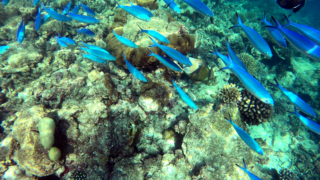
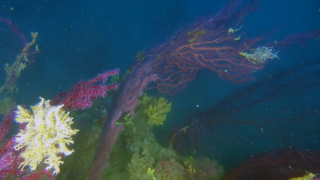
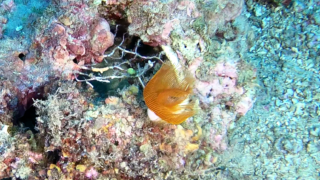
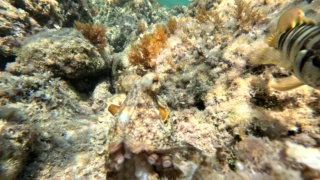
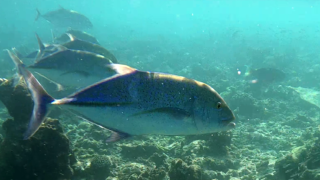
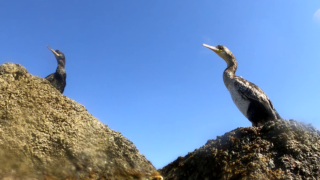
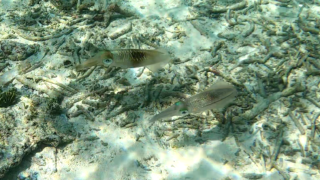
You must be logged in to post a comment.